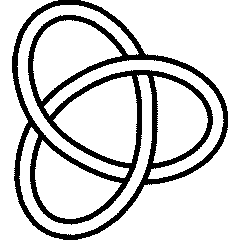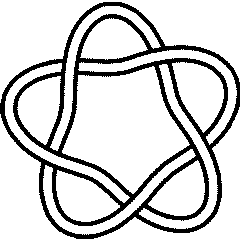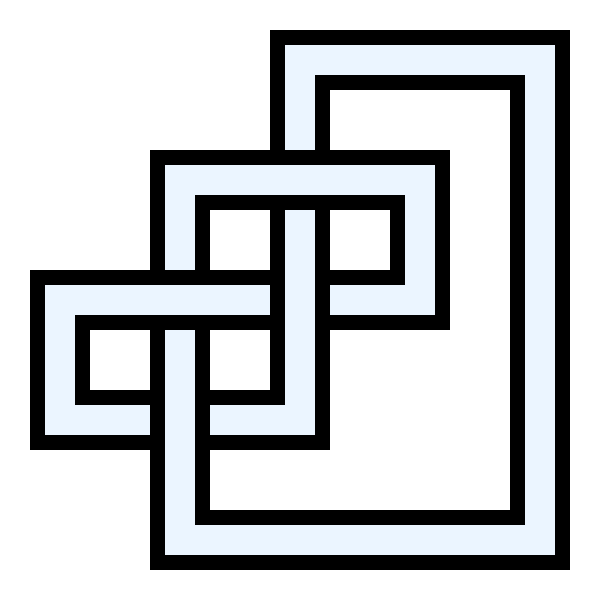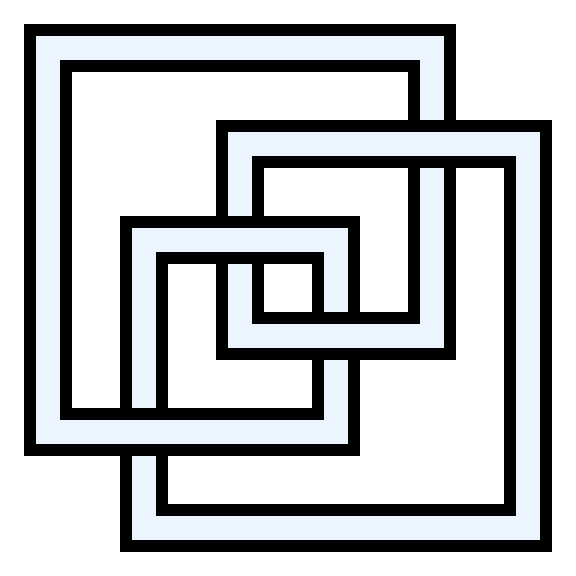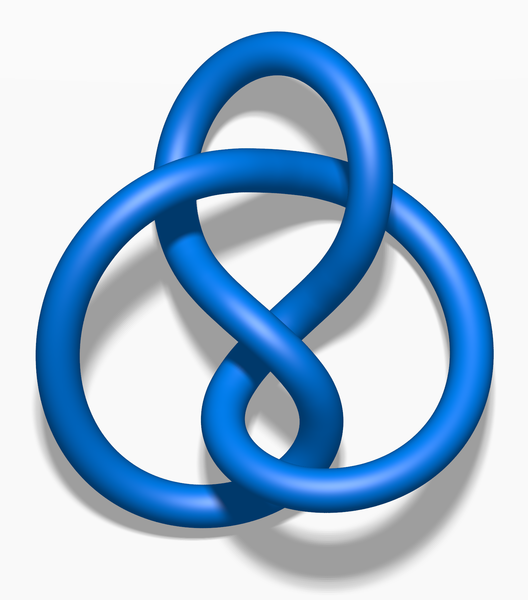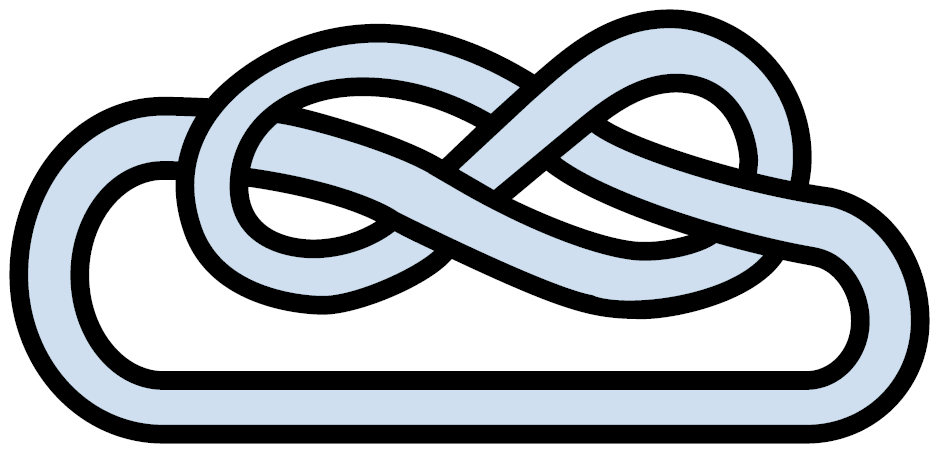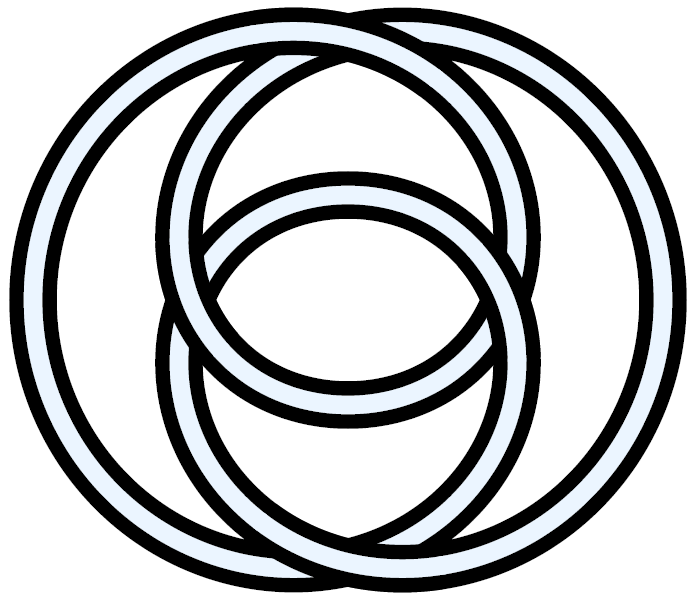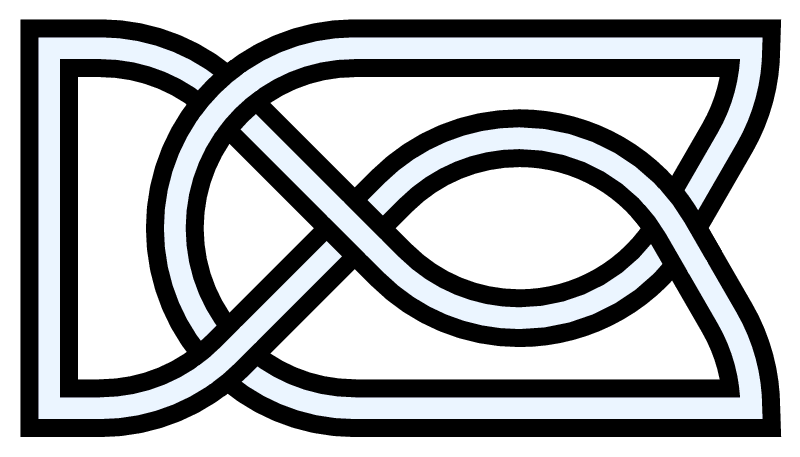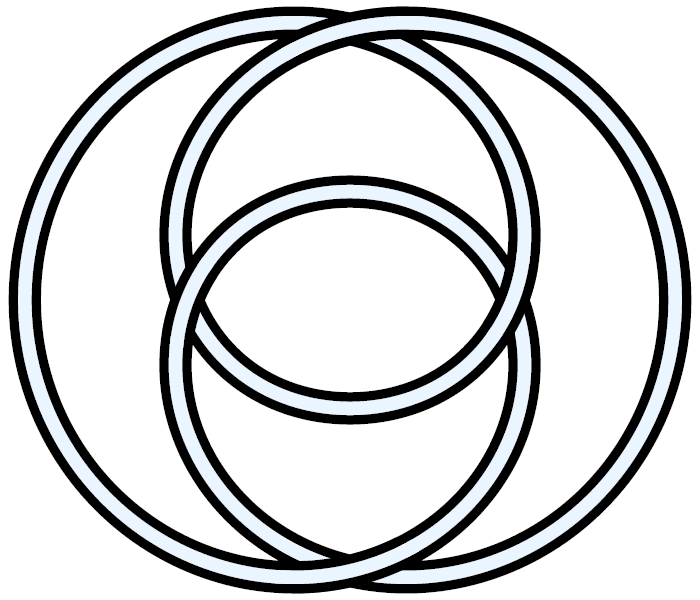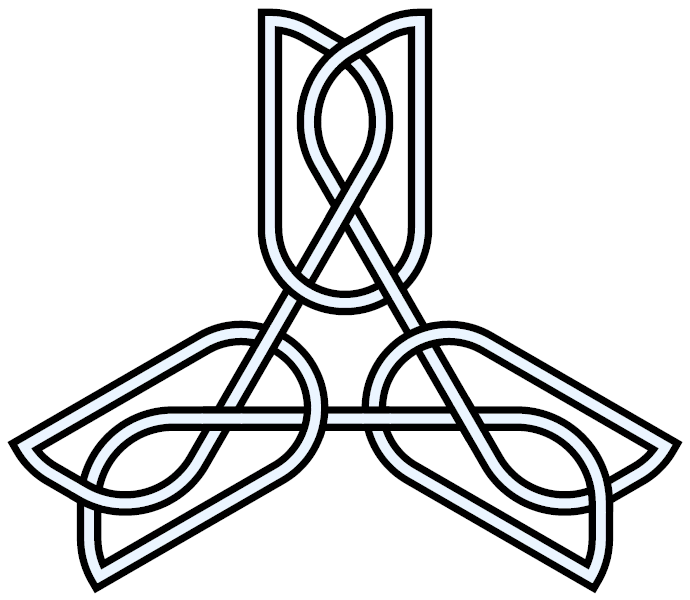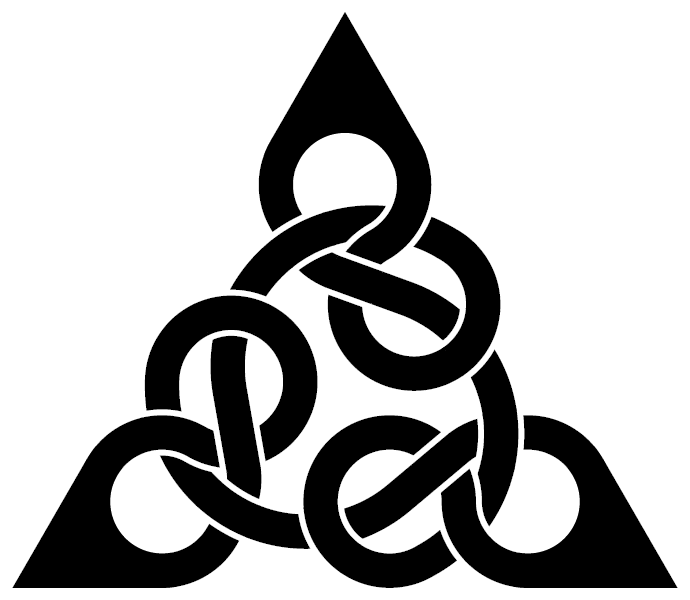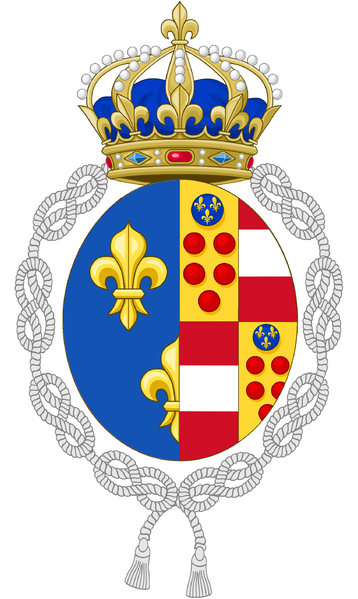4 1: Difference between revisions
DrorsRobot (talk | contribs) No edit summary |
DrorsRobot (talk | contribs) No edit summary |
||
| Line 1: | Line 1: | ||
<!-- This page was generated from the splice template "Rolfsen_Splice_Template". Please do not edit! --> |
|||
<!-- --> |
<!-- --> |
||
<!-- --> |
<!-- --> |
||
| Line 156: | Line 157: | ||
</table> |
</table> |
||
{| width=100% |
|||
See/edit the [[Rolfsen_Splice_Template]]. |
|align=left|See/edit the [[Rolfsen_Splice_Template]]. |
||
Back to the [[#top|top]]. |
|||
|align=right|{{Knot Navigation Links|ext=gif}} |
|||
|} |
|||
[[Category:Knot Page]] |
[[Category:Knot Page]] |
||
Revision as of 20:00, 29 August 2005
|
|
|
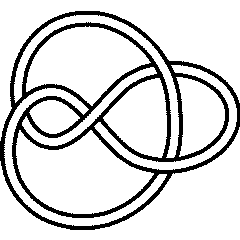
|
Visit 4 1's page at the Knot Server (KnotPlot driven, includes 3D interactive images!)
Visit 4 1's page at Knotilus! Visit 4 1's page at the original Knot Atlas! 4_1 is also known as "the Figure Eight knot", as some people think it looks like a figure `8' in one of its common projections. See e.g. [1] . For two 4_1 knots along a closed loop, see 10_59, 10_60, K12a975, and K12a991. |
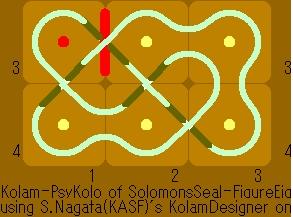 A Neli-Kolam with 3x2 dot array[1] |
|||
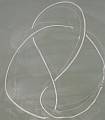 Thurston's Trick [2] |
Non-prime (compound) versions
Knot presentations
| Planar diagram presentation | X4251 X8615 X6374 X2738 |
| Gauss code | 1, -4, 3, -1, 2, -3, 4, -2 |
| Dowker-Thistlethwaite code | 4 6 8 2 |
| Conway Notation | [22] |
|
Length is 4, width is 3. Braid index is 3. |
Three dimensional invariants
|
Four dimensional invariants
|
Polynomial invariants
A1 Invariants.
| Weight | Invariant |
|---|---|
| 1 | |
| 2 | |
| 3 | |
| 4 | |
| 5 | |
| 6 |
A2 Invariants.
| Weight | Invariant |
|---|---|
| 1,0 | |
| 1,1 | |
| 2,0 | |
| 3,0 |
A3 Invariants.
| Weight | Invariant |
|---|---|
| 0,1,0 | |
| 1,0,0 | |
| 1,0,1 |
A4 Invariants.
| Weight | Invariant |
|---|---|
| 0,1,0,0 | |
| 1,0,0,0 |
B2 Invariants.
| Weight | Invariant |
|---|---|
| 0,1 | |
| 1,0 |
B3 Invariants.
| Weight | Invariant |
|---|---|
| 1,0,0 |
B4 Invariants.
| Weight | Invariant |
|---|---|
| 1,0,0,0 |
C3 Invariants.
| Weight | Invariant |
|---|---|
| 1,0,0 |
C4 Invariants.
| Weight | Invariant |
|---|---|
| 1,0,0,0 |
D4 Invariants.
| Weight | Invariant |
|---|---|
| 0,1,0,0 | |
| 1,0,0,0 |
G2 Invariants.
| Weight | Invariant |
|---|---|
| 1,0 |
.
KnotTheory`, as shown in the (simulated) Mathematica session below. Your input (in red) is realistic; all else should have the same content as in a real mathematica session, but with different formatting. This Mathematica session is also available (albeit only for the knot 5_2) as the notebook PolynomialInvariantsSession.nb.
(The path below may be different on your system, and possibly also the KnotTheory` date)
In[1]:=
|
AppendTo[$Path, "C:/drorbn/projects/KAtlas/"];
<< KnotTheory`
|
Loading KnotTheory` version of August 31, 2006, 11:25:27.5625.
|
In[3]:=
|
K = Knot["4 1"];
|
In[4]:=
|
Alexander[K][t]
|
KnotTheory::loading: Loading precomputed data in PD4Knots`.
|
Out[4]=
|
In[5]:=
|
Conway[K][z]
|
Out[5]=
|
In[6]:=
|
Alexander[K, 2][t]
|
KnotTheory::credits: The program Alexander[K, r] to compute Alexander ideals was written by Jana Archibald at the University of Toronto in the summer of 2005.
|
Out[6]=
|
In[7]:=
|
{KnotDet[K], KnotSignature[K]}
|
Out[7]=
|
{ 5, 0 } |
In[8]:=
|
Jones[K][q]
|
KnotTheory::loading: Loading precomputed data in Jones4Knots`.
|
Out[8]=
|
In[9]:=
|
HOMFLYPT[K][a, z]
|
KnotTheory::credits: The HOMFLYPT program was written by Scott Morrison.
|
Out[9]=
|
In[10]:=
|
Kauffman[K][a, z]
|
KnotTheory::loading: Loading precomputed data in Kauffman4Knots`.
|
Out[10]=
|
"Similar" Knots (within the Atlas)
Same Alexander/Conway Polynomial: {...}
Same Jones Polynomial (up to mirroring, ): {K11n19, ...}
Vassiliev invariants
| V2 and V3: | (-1, 0) |
| V2,1 through V6,9: |
|
V2,1 through V6,9 were provided by Petr Dunin-Barkowski <barkovs@itep.ru>, Andrey Smirnov <asmirnov@itep.ru>, and Alexei Sleptsov <sleptsov@itep.ru> and uploaded on October 2010 by User:Drorbn. Note that they are normalized differently than V2 and V3.
Khovanov Homology
| The coefficients of the monomials are shown, along with their alternating sums (fixed , alternation over ). The squares with yellow highlighting are those on the "critical diagonals", where or , where 0 is the signature of 4 1. Nonzero entries off the critical diagonals (if any exist) are highlighted in red. |
|
| Integral Khovanov Homology
(db, data source) |
|
The Coloured Jones Polynomials
| 2 | |
| 3 | |
| 4 | |
| 5 | |
| 6 | |
| 7 |
Computer Talk
Much of the above data can be recomputed by Mathematica using the package KnotTheory`. See A Sample KnotTheory` Session.
| See/edit the Rolfsen_Splice_Template.
Back to the top. |
|
